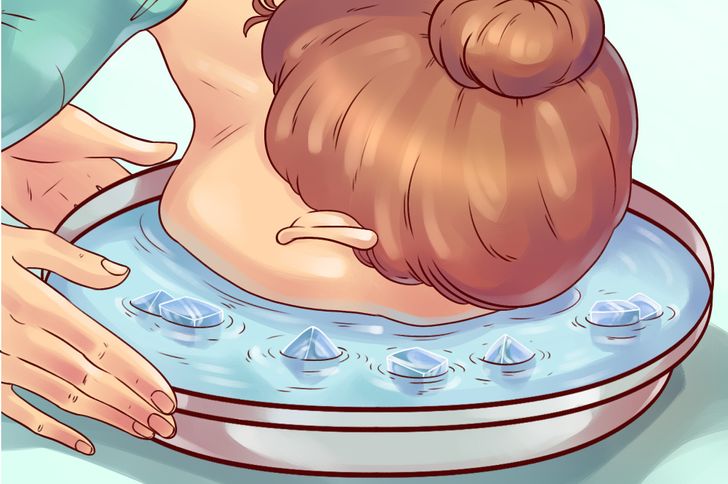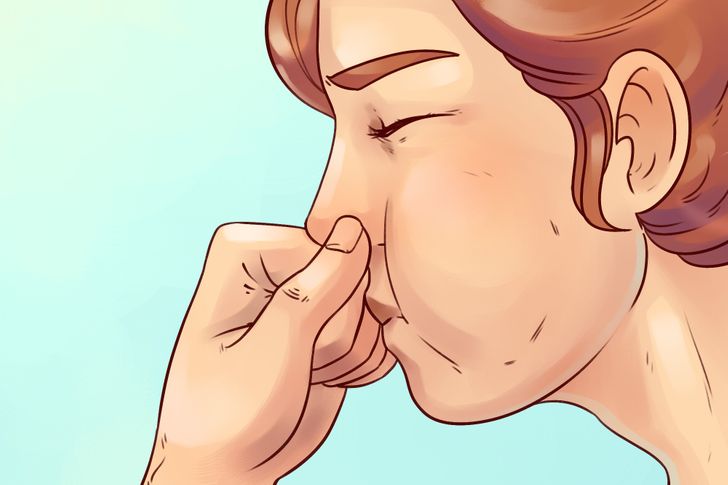Many of us know the feeling when our hearts begin to beat faster in the chest. We offer two simple but effective methods to help you cope with your increased heart rate. Read and stay healthy.
Immersion

With a sharp drop in body temperature, the heart rate slows down. This is how the nervous system adapts the body to new conditions. The heart will “respond” more quickly to the cooling of the face because it is closer than the rest of the body.
Therefore, when someone has tachycardia, it is recommended to do the following:
Pour cold water into a deep bowl. The colder the better, so if you have ice, add it.
Hold your breath. If necessary, pinch your nose with your fingers and soak your face in cold water for a few seconds.
If there is no suitable container, take water in your hands and dip your face there. You can also massage your face with ice cubes, paying special attention to the temple area.
Valsalva Maneuver

This is a way of influencing the vagus nerve, which controls the heart rate.
The maneuver is carried out as follows:
- Take a deep breath and strain your abdominal muscles.
- Pinch your nose with your thumb and forefinger, closing your mouth and eyes.
Try to exhale with your nose and mouth closed, continuing to tighten your abdominal muscles.
None of the methods described above should be used when the tachycardia is accompanied by severe chest pain or a strong feeling of shortness of breath. In such cases, the only way out is to call an ambulance.
And one more thing. An increase in the heartbeat against the background of some kind of load, for example, strong excitement or exercises for the stomach muscles, is a normal reaction of the body.
If the tachycardia occurs without obvious external causes, this may be a sign of a serious illness, so you should see a doctor.
Based on materials from WebMD


